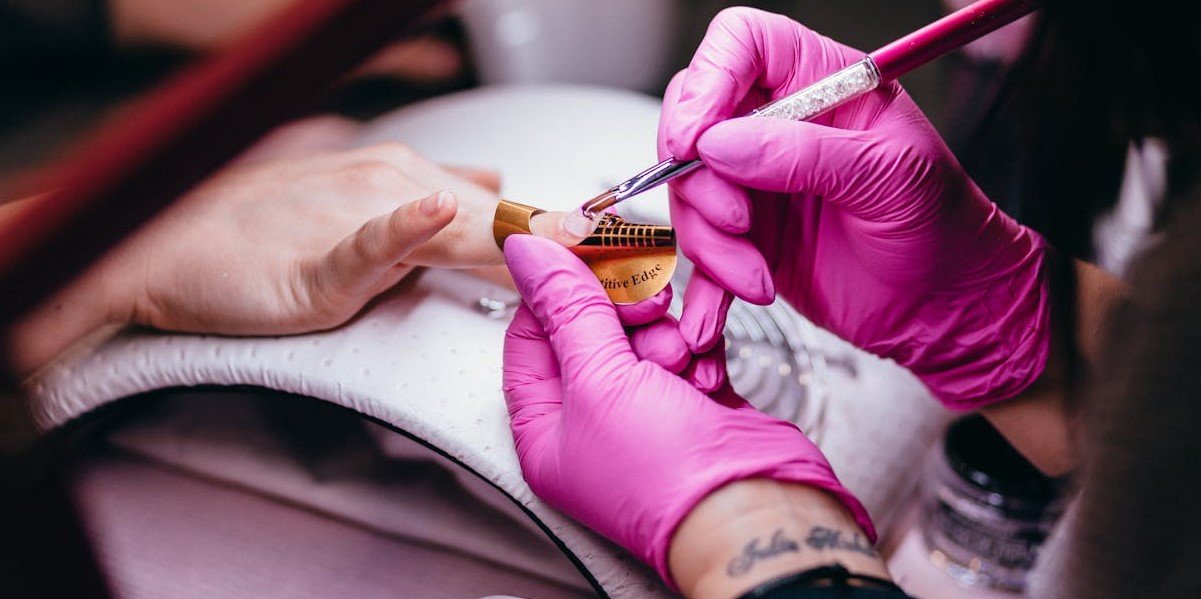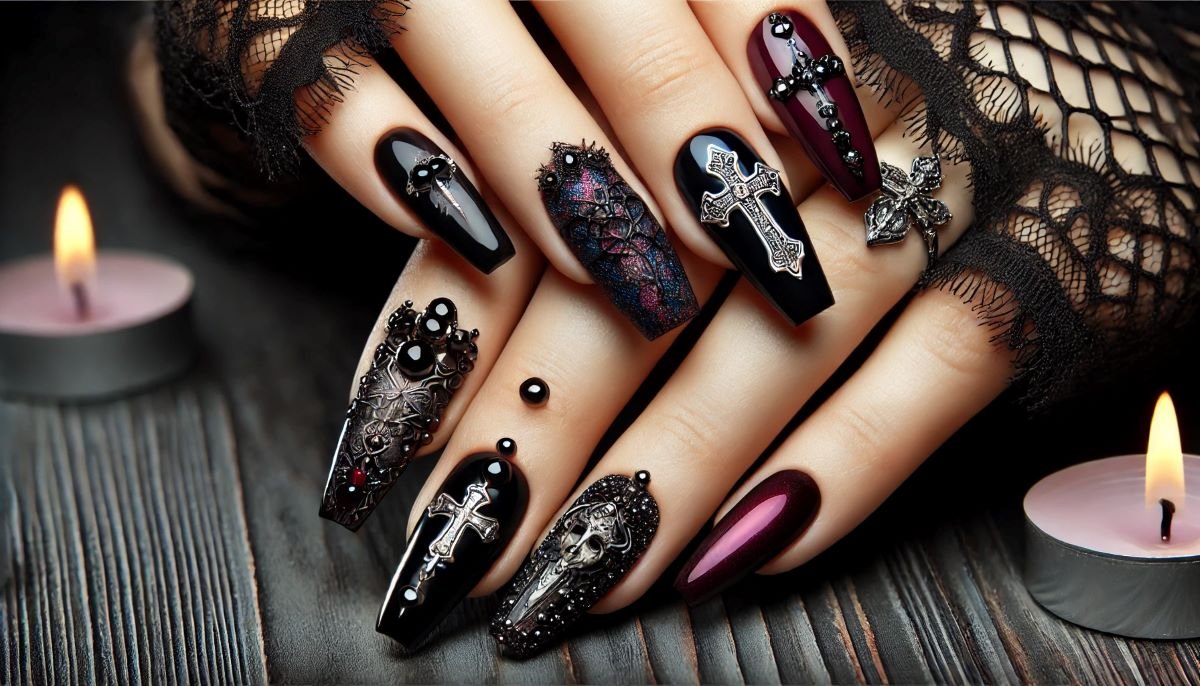French nails have long been a symbol of elegance and sophistication in the world of manicures. With their clean, understated design, they offer a timeless look that has captivated women for decades. Whether you’re preparing for a special occasion or just want to add a touch of class to your everyday style, French nails are the perfect choice. In this post, we’ll explore why French nails remain a beloved classic, the different variations you can try, and tips for maintaining this chic manicure.
1. The Appeal of French Nails
The enduring popularity of French nails lies in their simplicity and versatility. A traditional French manicure features a pale pink or nude base with white tips, creating a look that is both polished and natural. This understated elegance makes French nails suitable for any occasion, from weddings and formal events to casual outings and professional settings. The neutral color palette ensures that French nails complement any outfit, whether you’re wearing a sleek business suit, a flowing evening gown, or your favorite pair of jeans.
French nails also have the unique ability to make your hands appear more refined and well-groomed. The clean lines of the manicure highlight the shape of your nails, giving them a longer, more slender appearance. This effect, combined with the neutral tones, makes French nails a universally flattering choice, regardless of skin tone or nail shape.
2. Modern Twists on a Classic Look
While the traditional French manicure remains a favorite, modern twists on this classic look have emerged, offering endless possibilities for personalization. If you love the simplicity of French nails but want to add a unique touch, here are some variations to consider:
Colored Tips: Instead of the classic white, opt for colored tips in shades that reflect your personality or match your outfit. Pastels, bold hues, metallic, and even neon colors can bring a fun and contemporary twist to the traditional French manicure.
Ombre French: An ombre effect, where the base color gradually transitions into the tip color, is a popular modern variation. This style adds depth and dimension to your nails while maintaining the elegance of the French manicure.
Reverse French Manicure: For a bolder look, try a reverse French manicure, where the color is applied to the base of the nail rather than the tips. This style is often paired with contrasting colors for a striking effect.
Glitter and Embellishments: Add a touch of sparkle to your French nails by incorporating glitter tips or subtle rhinestones. This variation is perfect for special occasions or when you want to elevate your manicure with a bit of glamour.
Matte Finish: For a sophisticated and modern take, try a matte finish on your French nails. The matte texture gives a contemporary edge to the classic design and can be paired with glossy tips for a chic contrast.
3. Low Maintenance and Longevity
One of the most appealing aspects of French nails is their low-maintenance nature. The neutral colors mean that chips and regrowth are less noticeable compared to darker or more vibrant shades. This allows your manicure to last longer without frequent touch-ups, making it an ideal choice for those with busy lifestyles or for extended vacations.
If you’re someone who doesn’t have time for regular salon visits, French nails can be a practical solution. With a long-lasting top coat, your French manicure can stay fresh for up to two weeks. Additionally, the simplicity of the design makes it easier to fix any minor imperfections at home, extending the life of your manicure even further.
4. Perfect for Any Nail Shape
French nails are incredibly versatile when it comes to nail shape. Whether you have short and square nails, long and almond-shaped nails, or something in between, the French manicure can be adapted to suit your preferences. The classic white tips can be tailored to enhance the natural shape of your nails, creating a look that is both flattering and elegant.
For example, if you have short nails, a narrow white tip can create the illusion of longer nails. On the other hand, if you have long nails, a more pronounced white tip can add a dramatic flair to your manicure. The flexibility of the French manicure means that it can be customized to highlight the beauty of any nail shape.
5. DIY-Friendly and Accessible
While many people choose to have their French nails done professionally, this style is also DIY-friendly, allowing you to achieve salon-quality results at home. With a steady hand and the right tools, you can create a flawless French manicure on your own. Nail guides or stickers can help you achieve the perfect white tip, while a quality base coat and top coat will ensure your manicure lasts.
To start, begin with clean, filed nails and apply a base coat in your preferred nude or pale pink shade. Once the base is dry, use a white polish to carefully paint the tips of your nails. If you’re freehanding the tips, a thin brush can give you more control for precise application. Finish with a top coat to seal in the design and add shine.
If you’re new to DIY French nails, practice makes perfect. The more you try, the better you’ll get at achieving a smooth, even finish. Plus, creating your own French manicure at home allows for endless experimentation with colors and styles.
6. Conclusion: Why French Nails Remain a Classic
French nails have stood the test of time because they offer a combination of elegance, versatility, and practicality that few other manicure styles can match. Whether you prefer the traditional look or want to experiment with modern variations, French nails provide a sophisticated base that can be adapted to suit your personal style.
So, what’s your favorite take on the classic French manicure? Have you tried any of the modern twists, or do you prefer to keep it traditional? Share your thoughts, tips, and experiences in the comments below! Whether you’re a longtime fan or new to the style, let’s celebrate the timeless beauty of French nails together.



